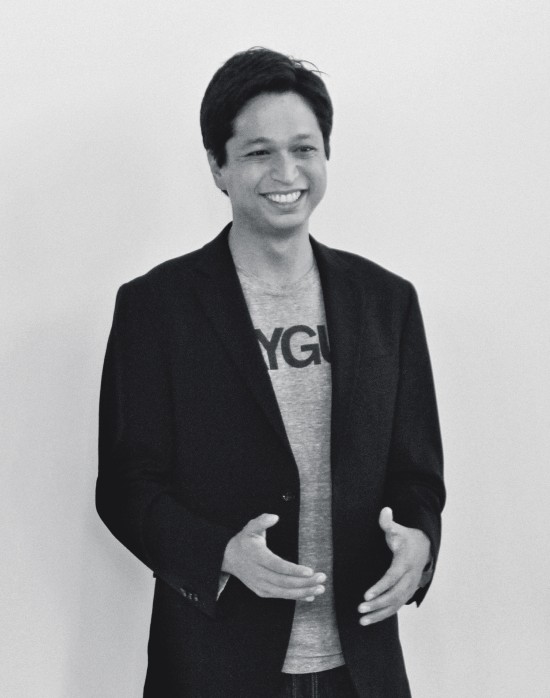Connectivity
Pinterest’s Founder: Algorithms Don’t Know What You Want
CEO Ben Silbermann says Pinterest is built on the idea that crowds of people are best at finding content that consumers care about.



In 2012 the startup Pinterest became a peer of more established social sites by offering things that they didn’t—an attractive design, a focus on images rather than text, and a mostly female population of users. On Pinterest, people use virtual “pinboards” to curate collections of images related to their hobbies and interests, discovering new items for their virtual hoards on the boards of friends and in the site’s personalized recommendations. Tom Simonite, MIT Technology Review’s senior IT editor, recently spoke with Ben Silbermann, Pinterest’s cofounder and CEO, about the company’s popularity.
What was the need you were trying to fill when you created Pinterest?
We started making Pinterest around 2009, when there was a lot of attention being paid to social services that were focused on real-time text-based feeds like Facebook and Twitter. We felt the things that we enjoyed doing in the real world were hard to express in that format. The thing that was really exciting for us was that people started creating pinboards for things that they were actually going off and doing in their life. That early user base set the tone and the expectation that the way you use it is to get inspired and plan to do things, whether that was redecorating your home or planting a garden.
I think I’ve heard you think of that as closer to offline than online experience.
Not as much attention has been paid to discovering things online as has been to search. Discovery is exploration—you go through a series of things you’re interested in and in that journey end up finding something you love and didn’t know existed. That experience is very difficult [to replicate online], and in some ways the offline world has spent a lot more time iterating on that. People thought, “What should a window display look like?” “What should a catalogue look like?”
How does Pinterest’s approach go about trying to solve that?
We often talk about Pinterest as like a human indexing machine. Google built these crawlers that would go out, and these amazing algorithms. We give people tools that let them organize in a way that makes sense to them, and in doing that they organize in a way that makes sense to other people. It just sort of respects our philosophy of how we want to achieve our mission, by helping people organize things. That organization is different than the approach you would take if you were only using machines.
Many people think or assume that Pinterest is mostly used by women. Is that the case?
It’s not how we think about the site; we try to build things for the whole world. That said, most of our users right now are women. I think that’s a function of how the site and the service tend to spread along interest categories. We’ll see an area like interior decorating, and then an adjacent interest will open up. It’s becoming more diverse. I would guess that when camping opens up as an interest, fishing would be an adjacency.
The site is established and popular. Are you still innovating?
All we really think about day to day is: how do we make Pinterest a better service for discovering things and taking action on them? When we build things, we start with what we want to enable the users to do, what we want to make better about the service. There are really hard technical problems, like how we recommend things; there are design problems, how we deliver all that on a three-and-a-half-inch screen; and there are social design problems, how we encourage people to help one another. They all have to be delivered to you in something that you can download and instantly say, “Oh yeah, I want to use this.” It’s a fun, messy process.
How do you plan to make money?
The whole reason Pinterest exists is to help people discover the things that they love and then go take action on them, and a lot of the things they take action on are tied to commercial intent. I had a kid recently, so I planned the kid’s nursery with my wife on Pinterest. I plan activities to do with my kid. A lot of those things end up being the blueprint of what I end up buying and doing. I think that’s at the heart of how we’ll eventually make money. It would be better if it showed me the perfect crib to get and I could go get it—that would be better than Pinterest is now.